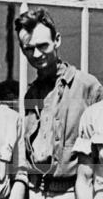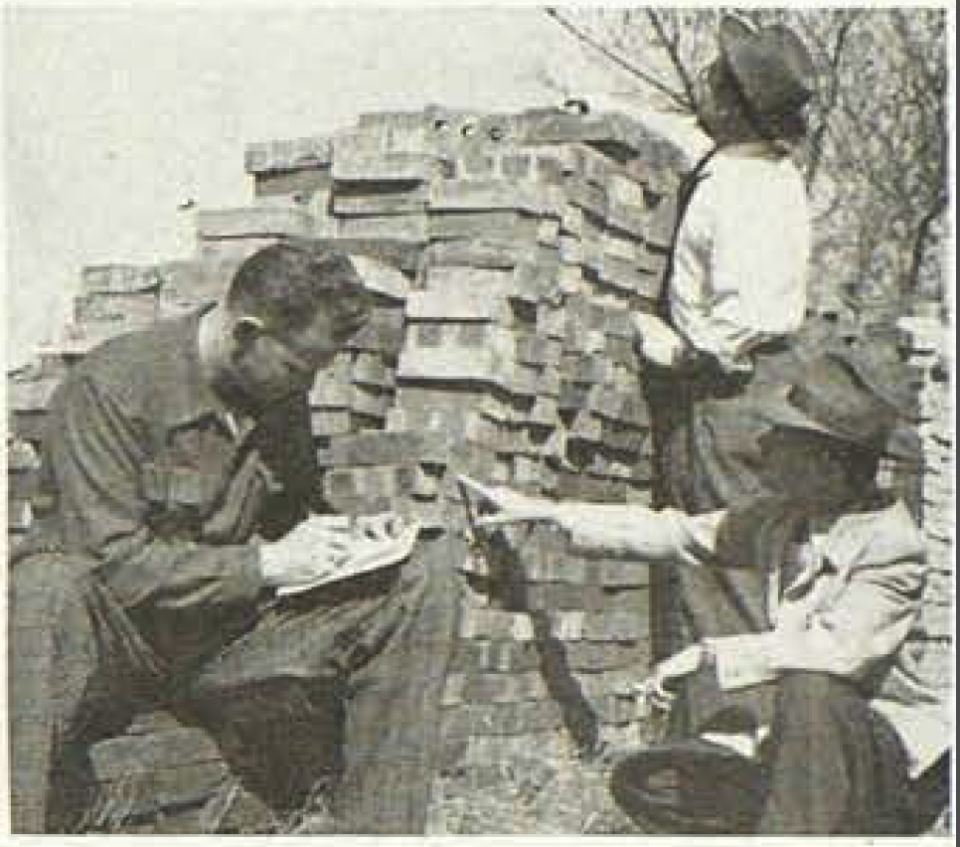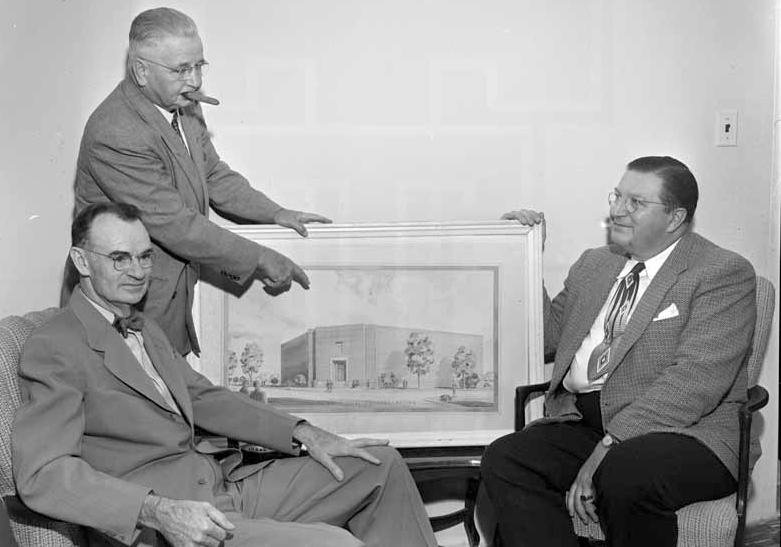Caprock Chronicles: Development of the Museum of Texas Tech
- Oops!Something went wrong.Please try again later.
Editor’s Note: Caprock Chronicles are edited each week by Jack Becker, a Librarian at Texas Tech University. This week’s article is by Cameron L. Saffell, Curator of History at the Museum of Texas Tech University. This article ran in July 2019 and is the fourth Caprock Chronicle to celebrate TTU 100 year anniversary.
As early as October 1925, writers in Texas Tech's Toreador newspaper wrote of the need for a museum. One campus member who had an interest was Mary Woodward Doak, Dean of Women and professor of English. In the summer of 1928, Doak participated in a summer vacation course to England, which included a visit to the British Museum.

What Doak saw melded with the ideas for a museum expressed by other faculty members, including history and sociology professor Dr. John Granbery. On March 27, 1929, a small group of Techsan faculty and students met to form a “museum society” and help departments to collect objects and display them. By its second meeting on May 2, the group was calling itself the Plains Museum Society.
Over the summer, a diverse collection of initial donations were assembled — prehistoric Indian tools; items of ranch life; tools from Fort Griffin and Fort Phantom Hill; and archaeological evidence of Plains Indians tribes. Granbery recruited an “experienced” museum person to join the Tech faculty, W. C. Holden of McMurry College. With his history and anthropology background, this was enough to hire him as a professor and name him the Society’s second curator.
The Plains Museum Society seized upon news that the Texas Legislature was appropriating $3 million to celebrate the 1936 centennial of Texas independence. On Oct. 20, 1935, the Sunday Avalanche-Journal announced the allocation of $25,000 for a museum at Texas Tech — not enough to complete a building but enough to get one started.

In February, the Plains Museum Society gathered for its seventh annual meeting with a key proposal on the agenda — changing the group’s name. Citing the previous year’s campaigns and the informal work of individuals from throughout the region, officers felt it important to recognize the efforts. “We are anxious to keep this group held in a close-knit organization. Therefore it appears to our advantage to change our name … to that of the West Texas Museum Association.”
Campus and local officials joined members of the West Texas Museum Association on Sept. 23, 1936, to break ground for the new building. With the small state appropriation, everyone agreed they would build the basement level first. A grand staircase led up to a flat concrete slab 4 feet above the surrounding land. Only a small sign indicated what it was, with an arrow pointing down the interior stairway entrance.
In 1940, the Museum launched the Give a Brick campaign and financial drives to raise $226,000 [$2.3 million, adjusted for inflation] to finish the building. In 1949, the upper two stories and the rotunda were built on top of the basement level completed thirteen years earlier.
Holden’s longtime leadership role was also recognized, as his job title was changed from curator, becoming the first named director of the museum. Three years later, the West Texas Museum Association announced the purchase of a Spitz planetarium, as well as the commissioning of Southwestern artist Peter Hurd to create a mural for the Rotunda’s Memorial Hall profiling South Plains pioneers and quickly became the most popular attraction in Lubbock.
By the late 1950s, it was evident that the West Texas Museum building was insufficient to the needs of the popular and growing institution, subsequently the West Texas Museum Association considered moving off campus. In 1964, campus officials and the association announced plans to construct a new museum complex on 15 acres at Fourth Street and Indiana Avenue.

In spring 1966, incoming Texas Tech President Grover E. Murray addressed the West Texas Museum Association, suggesting a new mission for the museum: be the centerpiece and the showplace for his new campus-wide initiative for the study of arid and semi-arid lands. This idea brought a focus to the project.
Murray’s focus was a good fit for Holden’s working theme for the new building, “Man and Water.”
“Aridity is the flip side of the same coin,” said Holden. As these ideas merged and evolved to develop the architecture, the theme became “Land, Sun, Man.”
Under the leadership of Gary Edson, the museum’s eighth director (1985–2009) and second-longest serving (after William Curry Holden), the museum continued to improve its professional practices and best standards. In 1990, the museum achieved accreditation by the American Association of Museums.
The physical appearance of the museum complex has changed little through four building additions. The first took place in 1972 when the Natural Science Research Laboratory (NSRL) was merged into the museum. More than two decades passed before the next expansions, the 1996 Diamond M Wing and the 2000 Helen DeVitt Jones Sculpture Court Wing, which brings the museum building to its present size of about 200,000 square feet.
Today, the Museum of Texas Tech University is one of America’s most diverse museums. The collections now number more than 8 million objects, making it one of the largest university museums in the country. With educational programs for college students, schools, and the general public that utilize collections spanning art to dinosaurs, the museum aims to connect the broadest of audiences with the widest array of object-based learning experiences.
This article originally appeared on Lubbock Avalanche-Journal: Caprock Chronicles: Development of the Museum of Texas Tech

